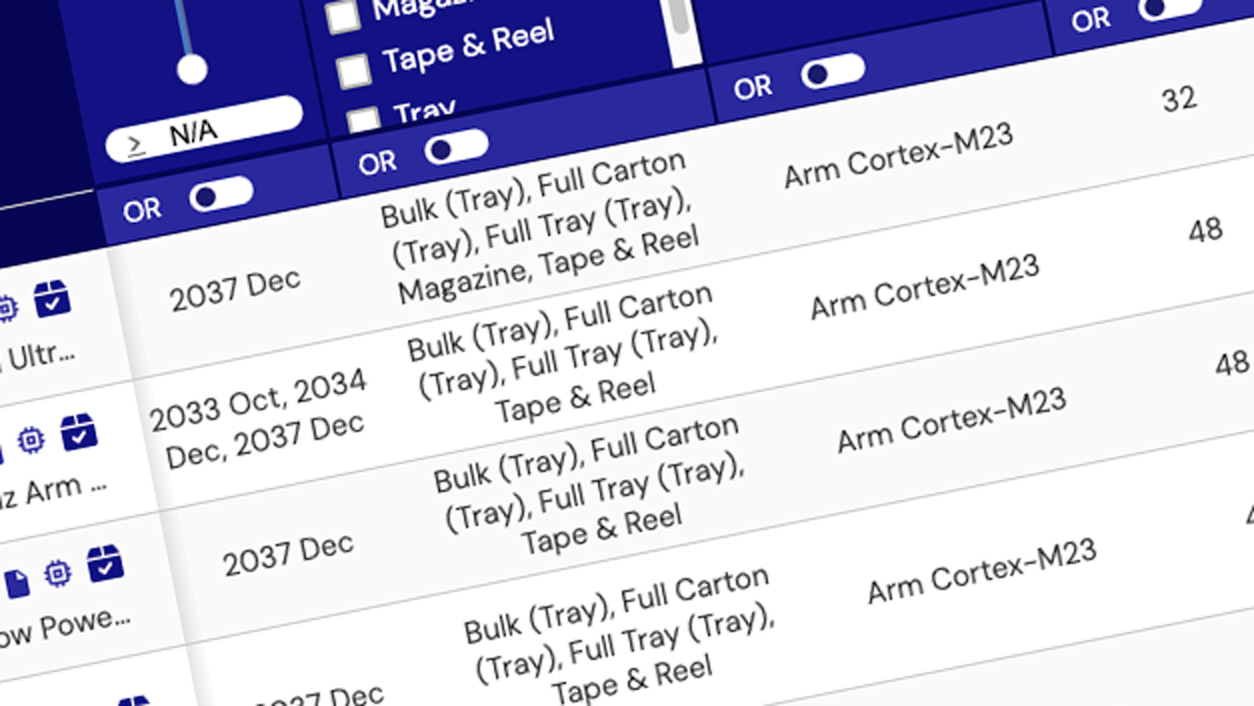Renesasは、数多くのクロック製品を提供しています。それらのうち一部は、対象とするアプリケーションに固有の要件に合わせて最適化されています。そうした専用製品は、そのアプリケーションにおいて、汎用クロック製品よりも使いやすく、より高い性能を得ることができます。Renesasは、ネットワーク同期、IEEE 1588、同期イーサネット、PCI Express、Intel 製プロセッサ、リアルタイムクロック、RF、JESD204B/C、スペクトラム拡散といったアプリケーションに対して最適化を図ったクロック・ジェネレータやクロック分周器を提供しています。

Product Selector: Application-Specific Clocks
パラメトリック製品セレクタを使用してカタログ上の製品を検索してみてください。パラメータ毎に スペックを比較することでお客様の設計に適した製品が表示されます。
プロダクトセレクタビデオ&トレーニング
This video introduces the industry’s first fully-integrated synchronizer for 5G enhanced common public radio interface (eCPRI) radio synchronization.